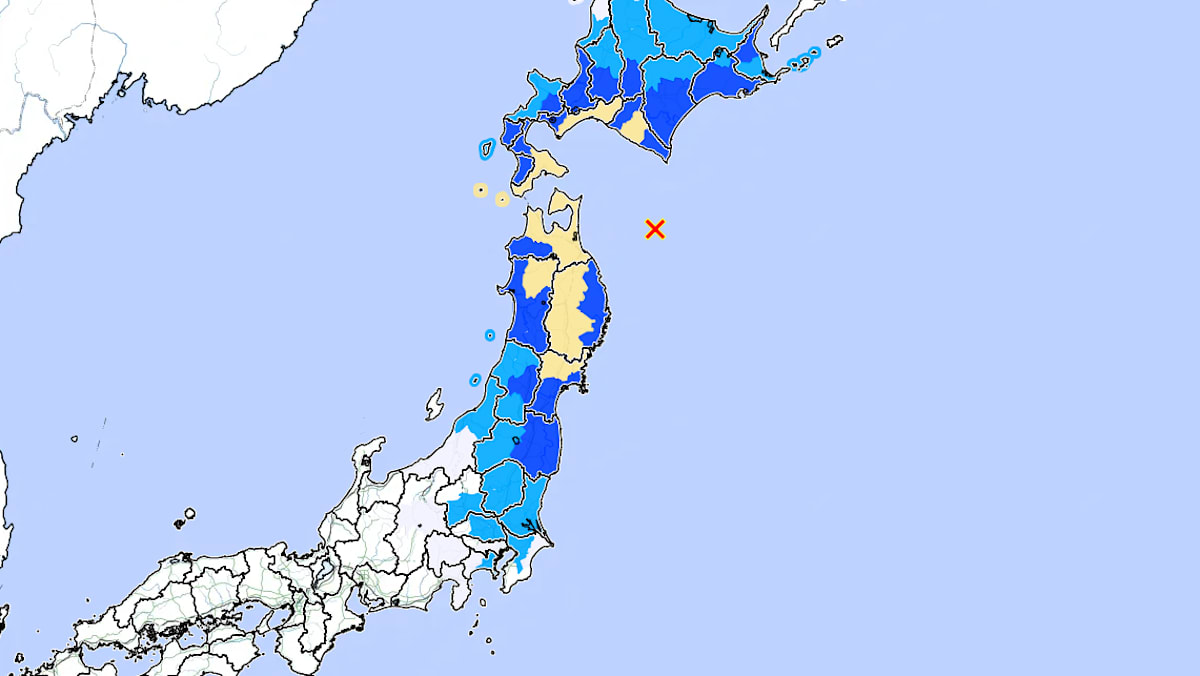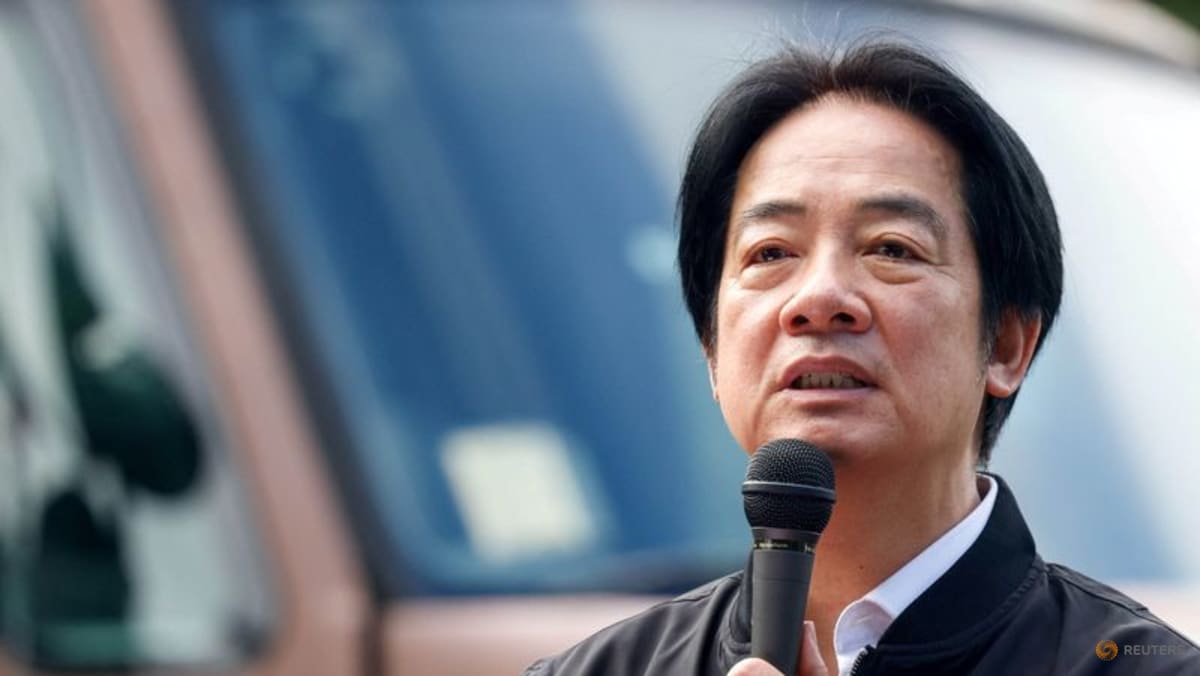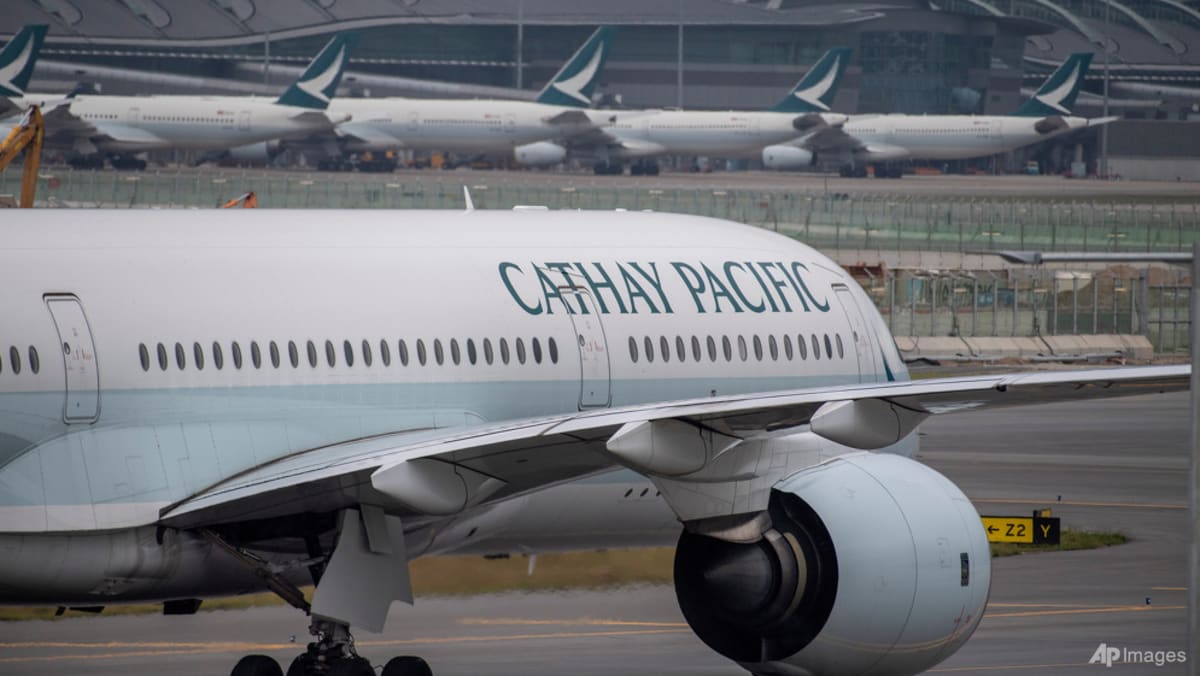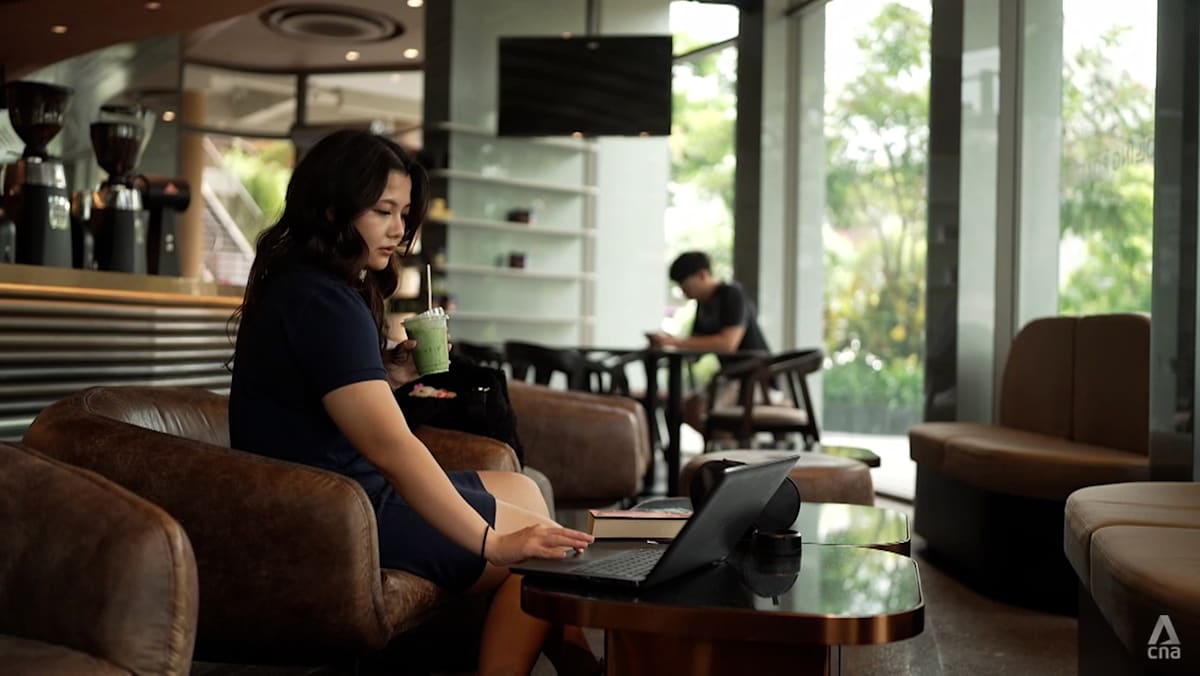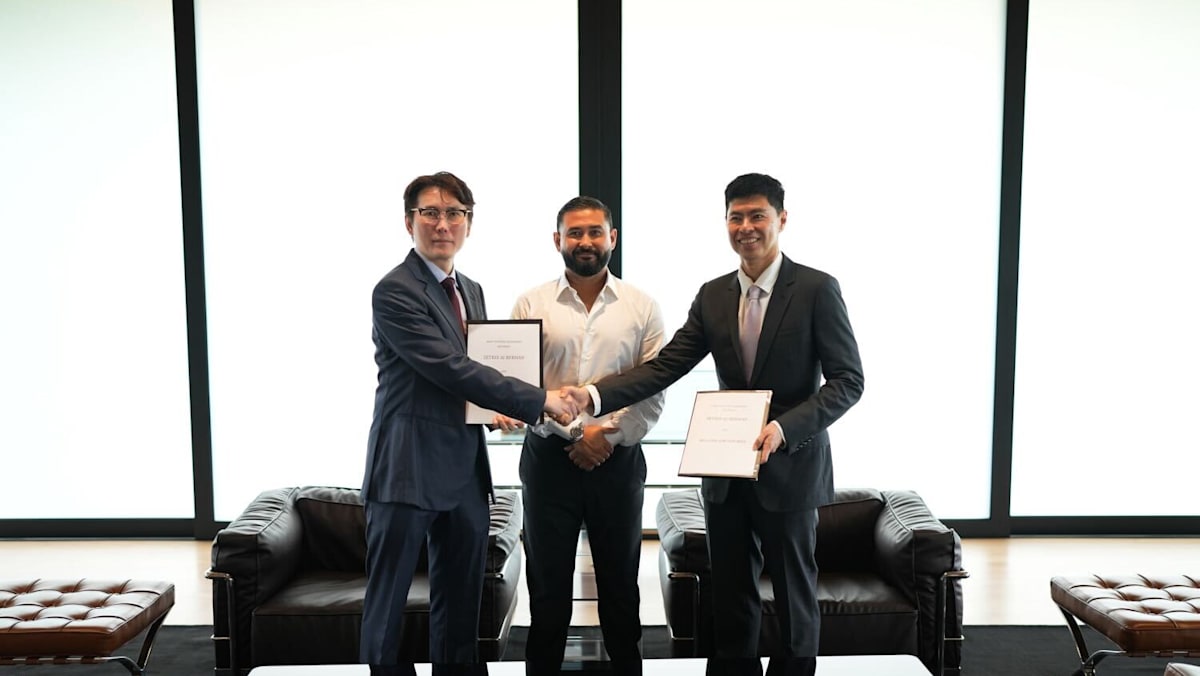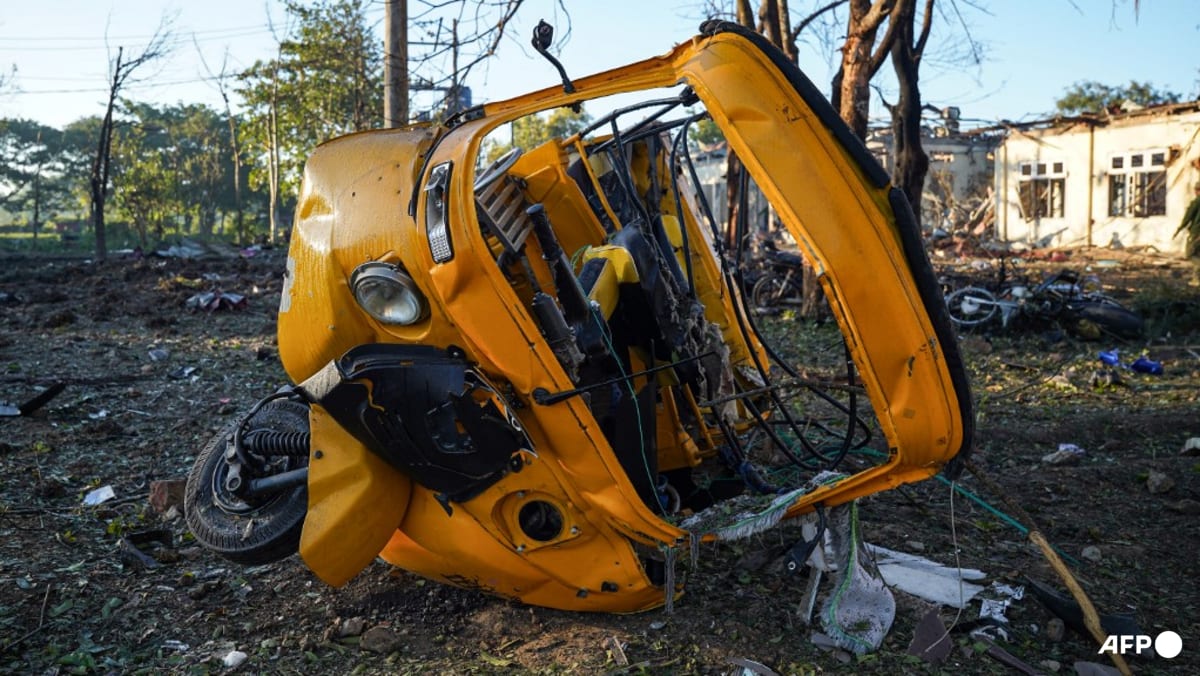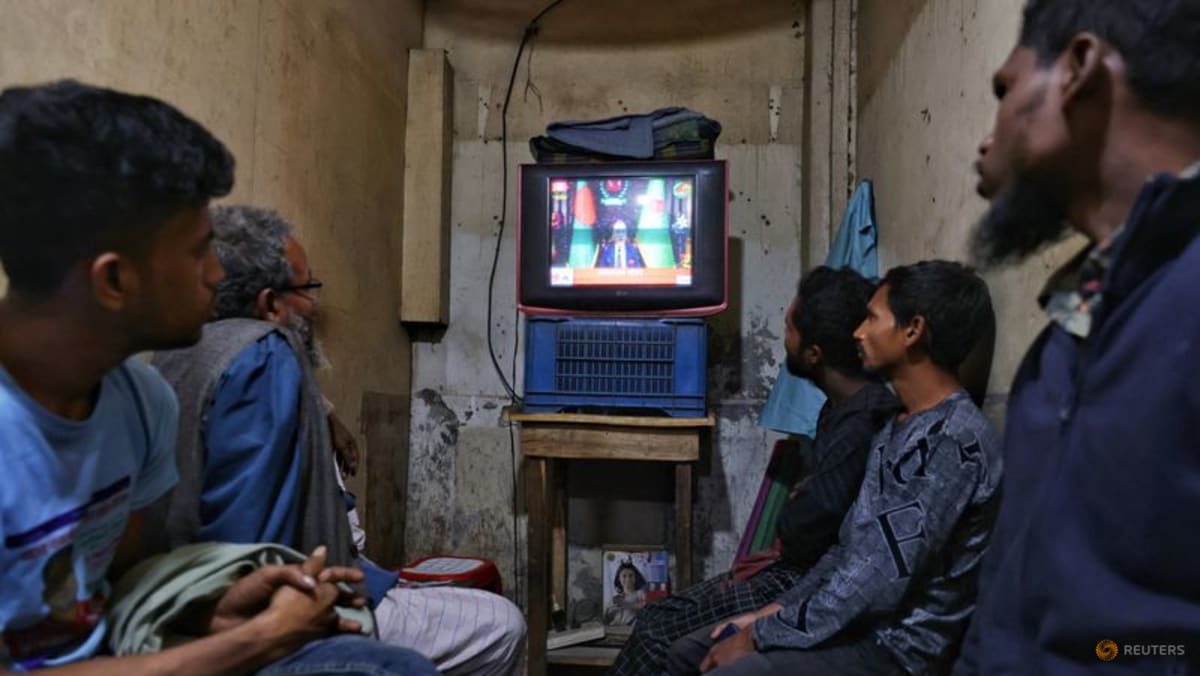Commentary: For a digital detox, Japan seeks ‘The Way of the Sauna’

Online guides dictate how much time one needs to spend in a sauna of what temperature (between 80 and 100 degrees Celsius, or 176 to 212 Fahrenheit), how long to endure the heat before subjecting oneself to a cold plunge, as well as the correct number of times to repeat the cycle to achieve totonou.
A bewildering array of terms transmogrified into Japanese from various European languages, from aufguss to loyly, create the impression of a sophisticated hobby, like wine collecting, that rewards dedication and study.
In the English-speaking West, sauna culture seems the province of meatheaded podcast bros and overbearing tech entrepreneurs. Not so in Japan, where polls indicate it’s equally as popular with women as men. Friends recommended it not for its physical health benefits, but for the mental, with one acquaintance going so far as to liken totonou to getting high.
In search of psychological clarity, if nothing else, I visited one of the trendy new facilities in Tokyo’s Shibuya district. I followed the rituals as written: Ten minutes or so in the sauna; a minute in the cold plunge pool; another quarter of an hour taking in fresh air and awaiting inspiration.
Nothing happened. I felt as likely to catch a cold as find inner peace. Was the sauna not hot enough? Had I chickened out of the frigid bath too early? I needed to go further.
NEED FOR RELAXATION
I reached out to the man most directly responsible for the recent craze, manga artist Katsuki Tanaka. He began writing about saunas in 2009, having become hooked on the experience after joining his local gym, and copying what he saw others do. His columns eventually became a collection of essays entitled Sado, a play on the word for tea ceremony, but using a different character to mean “The Way of the Sauna”.
That became a hit comic book and in 2019 was turned into a TV show, all of which helped inspire the current trend. In the process, he popularised the sauna rituals and coined the word totonou. Then came COVID-19, which turbocharged the need for facilities where people could get away from life’s cares.
“Spending so much time at home, surrounded by information on computers and smartphones, unable to go abroad, makes people want an experience that will satisfy your five senses,” Tanaka says. “Our lifestyles have hugely changed in the last few years.”
Source: CNA



